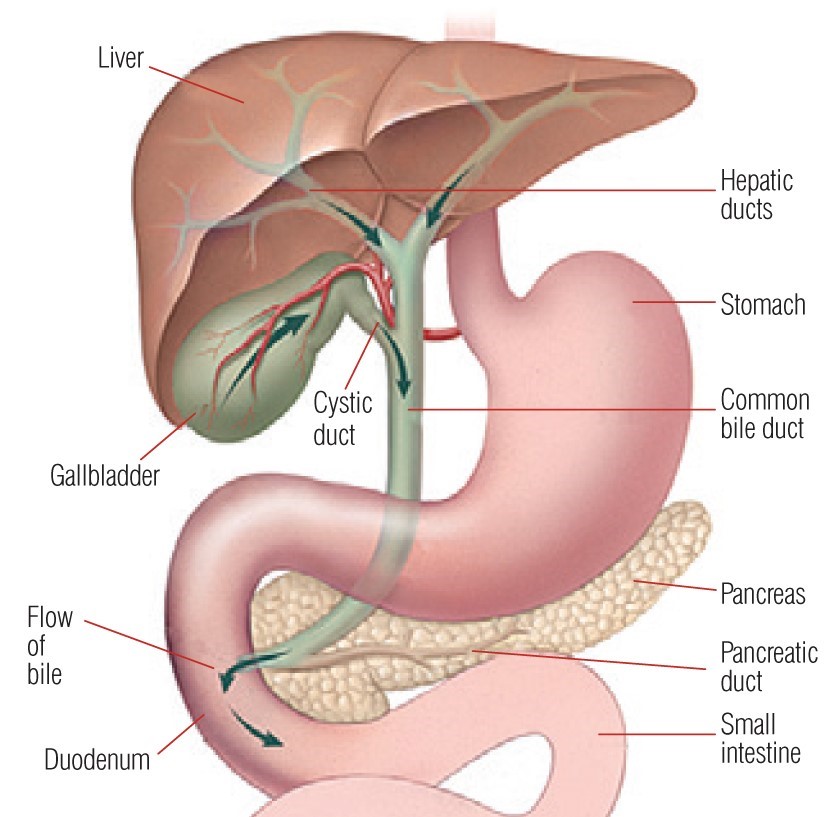This is how the AI article summary could look. Lorem ipsum dolor sit amet, consectetur adipiscing elit, sed do eiusmod tempor incididunt ut labore et dolore magna aliqua. Ut enim ad minim veniam, quis nostrud exercitation ullamco laboris nisi ut aliquip ex ea commodo consequat.
10 Common Gall Bladder Problems – When to Worry and When to See a Doctor
Here are 10 gallbladder problems to know, along with signs of concern and when to seek medical attention.
The doctors that deal with gallbladder disease are your GP, and hospital physicians (called gastroenterologists) and surgeons (Upper GI).

1. Gallstones
Small, hardened deposits that can block bile flow, causing pain and inflammation.
- When to worry: Persistent or severe upper abdominal pain, often after eating fatty meals.
- When to see a doctor: If pain persists or worsens, or if fever, nausea, or vomiting occur.
2. Cholecystitis (Gallbladder Infection and Inflammation)
Inflammation of the gallbladder, often due to gallstones or infection.
- When to worry: Severe upper right abdominal pain, fever, and nausea.
- When to see a doctor: Immediate medical attention is required if symptoms persist or worsen.
3. Bile Duct Blockage
A blockage in the bile ducts that prevents bile from flowing properly.
- When to worry: Yellowing of the skin or eyes (jaundice), pale stools, or dark urine.
- When to see a doctor: Seek medical attention promptly if jaundice or other symptoms occur.
4. Biliary Dyskinesia:
This condition happens when the gallbladder doesn’t empty bile properly due to a functional problem rather than a structural blockage.
- When to worry: Upper right abdominal pain after meals, nausea and bloating
- When to see a doctor: In some cases, gallbladder removal (cholecystectomy) can relieve the symptoms.
5. Acute Acalculous Cholecystitis
Inflammation of the gallbladder without gallstones, often due to infection or trauma.
- When to worry: Severe abdominal pain, fever, and nausea in critically ill patients.
- When to see a doctor: Immediate medical attention is required if symptoms occur.
6. Gallbladder Polyps
Growths on the gallbladder wall, which can be benign or cancerous.
- When to worry: Usually asymptomatic, but large polyps may cause abdominal pain.
- When to see a doctor: Regular check-ups are necessary to monitor polyp growth.
7. Biliary Colic
Temporary blockage of the bile ducts, causing severe abdominal pain.
- When to worry: Sudden, severe pain in the upper abdomen, often after eating fatty meals.
- When to see a doctor: Seek medical attention if pain persists or worsens.
8. Sclerosing Cholangitis
Inflammation and scarring of the bile ducts, which can lead to liver damage.
- When to worry: Fatigue, jaundice, and abdominal pain.
- When to see a doctor: Consult a doctor if symptoms persist or worsen.
9. Gallbladder Cancer
A rare but aggressive cancer that requires early detection and treatment.
- When to worry: Abdominal pain, weight loss, and jaundice.
- When to see a doctor: Seek medical attention promptly if symptoms occur.
10. Rare Gallbladder Diseases
Rare gallbladder diseases include Mirizzi syndrome (external compression of the common bile duct by gallstones), gallbladder volvulus (twisting of the gallbladder), and ‘porcelain gallbladder’ (a calcified gallbladder wall). Other rare conditions are xanthogranulomatous cholecystitis (a type of cholecystitis with lipid deposits) and gallbladder diverticulum (a pouch in the gallbladder wall).
- When to worry: Wide range of symptoms
- When to see a doctor: Seek medical attention promptly if symptoms occur.
Summary
In conclusion, gallbladder problems can range from mild to severe and require prompt medical attention in some cases. Knowing the signs of concern and when to seek medical attention can help prevent complications and improve patient outcomes.
